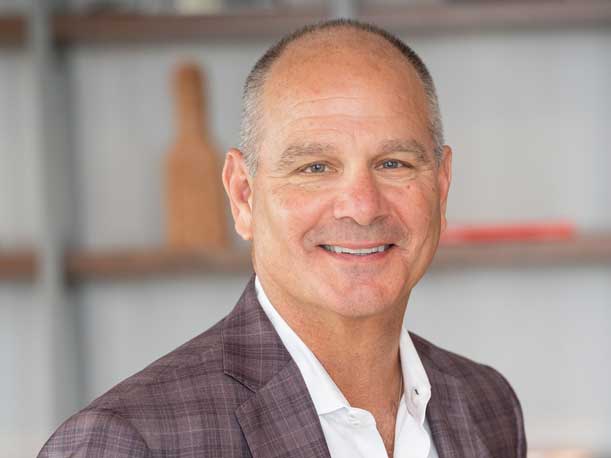Avaya CEO Alan Masarek: ‘I’m Not Sure There’s Anyone’s Balance Sheet I Would Trade Places With’
Avaya is putting its bankruptcy behind it as the UC giant uses its strengthened balance sheet and capital structure to ‘go on offense,’ CEO Alan Maserek tells CRN ahead of Avaya ENGAGE 2023.

Avaya Holdings Corp. wants partners and customers to know that it’s back and here to stay, the company’s CEO Alan Masarek told CRN.
The unified communications giant in February filed for Chapter 11 bankruptcy protection in federal court in Texas following months of speculation of a bankruptcy declaration following Avaya’s 2022 cloud subscription accounting problems that led to substantial earnings and revenue target misses. Avaya emerged from bankruptcy in May and went from financial weakness to “genuine financial strength,” Masarek said.
“It’s to the point that I’m not sure there’s anybody’s balance sheet I would trade places with,” he said. “Think about it this way: we now have a balance sheet and capital structure that gives us strength and enables us to go on offense.”
[Related: Revamped Avaya Roadmap Orbits Around Cloud, Experience Platform]
Avaya is kicking off its annual event, Avaya ENGAGE, this week by putting its financial issues in the rear-view mirror. Alongside its financial restructuring, the firm has been carrying out a business restructure at the same time related to product strategy and go-to-market as it continues to place its bets on its omnichannel Avaya Experience Platform (AXP), the “North Star” of its cloud strategy.
AXP both addresses demand for all-in-one for contact center as-a-service (CCaaS) solutions, while balancing the needs of its massive install base of customers that includes both cloud-based and on-premises communications, Masarek said. “We’re the largest in the world in contact center and contact center is sort of the heart, lung and liver of customer experience, so that puts us in a very favorable position — one out of every three [contact center] agents on the planet uses Avaya,” he added.
Avaya is still the largest premise-based UC provider on the market, which lets channel partners transition or even partially transition customers to the cloud based on their requirements, no rip and replace necessary, according to the company.
It’s important because some of the largest enterprises and government agencies — of which Avaya counts many recognizable brands as customers, including the likes of Barclays, UPS, and the U.S. Social Security Administration — need to keep at least part of their communications on-premises, Masarek said.
“The smaller companies might be going directly to the public cloud. But for the biggest companies, healthcare institutions and governmental agencies in the world, the cloud journey is much more slow and gradual and typically deliberate because of the risk of ripping out that very mature plumbing that’s bespoke throughout their environment — they don’t want to do that,” he said.
But at the same time, these same organizations are growing increasingly more interested in the chat and social features that the experience platform can offer, paired with premise-based voice. It’s what Masarek calls “innovation without disruption.”
“You can stay on-prem, you can move all the way to multitenancy cloud, or you can take the baby steps in between where you keep the prem[ise]-based infrastructure, then you add maybe one channel at a time. It’s up to you, choose your journey,” he said.
Bloomington, Minn.-based solution provider ConvergeOne is helping its mid-market and large enterprise clients “thoughtfully” modernize and migrate to the cloud. Some of its clients are a little bit further ahead in their cloud journeys, while others have started to dabble, said Kathy Sobus, senior director of go-to-market strategy for Avaya partner ConvergeOne.
“Making sure that you can transform in that thoughtful way minimizes the levels of disruption. And that’s one of the things that Avaya has been able to do with its technology,” she said.
AI-based features, such as chatbots, as well as moving one piece of their environments, like their workforce management, are some of the ways that some clients are starting to move into the cloud, she added.
“That’s where we see this kind of hybrid approach with multiple clouds, especially in a customer experience environment,” Sobus said.
With AXP set as the company’s guiding principle, Avaya’s engineering team has been more focused and is “burning roadmap quickly,” Masarek said. At the same time, the company has brought on more “born in the cloud” sales employees to educate from within as channel partners increase their focus on cloud selling.
About 70 percent of Avaya’s sales globally goes through third-party distribution.
“The reason investors and lenders gave us over $4 billion through debt forgiveness, or $650 million in new capital, is because they believe in the business. We believe in the opportunity that we sort of sit in a pole position to do very well on this enormous [total addressable market] TAM called customer experience,” he said.